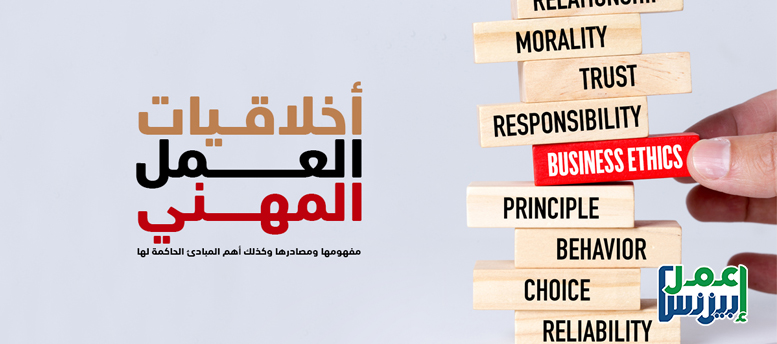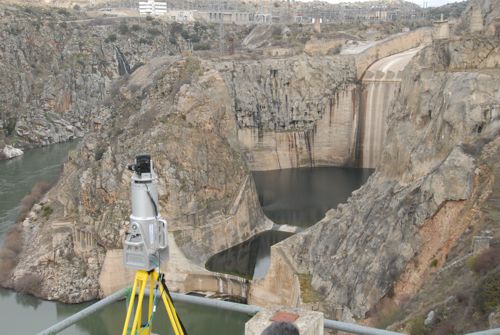
Engineering Geology - M
Course Description
This course is related to basics of geology: Importance of geology, Earth Envelopes, minerals, rocks, soil, uses rocks as building and construction, structural geology, topographical and geological maps and their importance.
Course Aim
Introduce students the physical & mechanical characteristics, and to identify the most important geophysical exploration methods used in the site, and the geology surface and groundwater, the geology of tunnels, highways, railways, bridges, dams and reservoirs and the impact of the most important geological structures on engineering projects, as well as the effect of other geological phenomena such as volcanoes and earthquakes.
Textbook
1. Karim, H. H. (2016). Fundamentals of Engineering Geology. Building & Construction Eng. Dep., University of Technology.
2. Price, D. G. (2009). Engineering Geology Principles and Practice. Springer-Verlag, 450P.
3. Bell, F.G. (2007). Engineering Geology. 2nd edition. Elsevier Ltd., 581 P.
4. Mclean, A.C. and C. D .Gribble, C.D. (2005).Geology for Civil Engineers. 2nd ed. E&FN Spon.
5. Derringh, E. (1998).Computational Engineering Geology. Prentice Hall.
Course Objectives
Objective 1: Introduction: Relationship between geology and civil engineering.
Earth structure (crust, mantle, core), geological cycle.
Objective 2: Minerals: formation, classification, crystal forms.
Crystallographic systems; Minerals identification.
Objective 3: Rocks: classification, nature, texture, Comparison. Igneous, sedimentary and metamorphic rocks. Geological materials in engineering construction
Objective 4: Soil: Weathering, erosion, soil formation. Classification: Transported and residual soils, mineral composition,
Objective 5:Structural geology: Types of earth movements, basic definitions. Folds, faults, joints, and their types.
Objective 6:Topographic General concepts, importance, components, construction of each map, Geological maps: General concepts, importance, components.
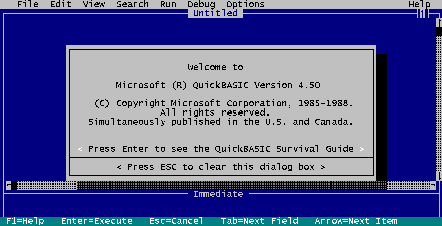
Programming II - M
Microsoft QuickBASIC is an Integrated Development Environment and compiler for the BASIC programming language that was developed by Microsoft. QuickBASIC runs mainly on DOS, though there was also a short-lived version for the classic Mac OS

Mathematics II - M
Calculus, originally called infinitesimal calculus or "the calculus of infinitesimals", is the mathematical study of continuous change, in the same way that geometry is the study of shape and algebra is the study of generalizations of arithmetic operations.

Engineering Statistics II - M
Probability is the branch of mathematics concerning numerical descriptions of how likely an event is to occur, or how likely it is that a proposition is true. The probability of an event is a number between 0 and 1, where, roughly speaking, 0 indicates impossibility of the event and 1 indicates certainty.[note 1][1][2] The higher the probability of an event, the more likely it is that the event will occur. A simple example is the tossing of a fair (unbiased) coin. Since the coin is fair, the two outcomes ("heads" and "tails") are both equally probable; the probability of "heads" equals the probability of "tails"; and since no other outcomes are possible, the probability of either "heads" or "tails" is 1/2 (which could also be written as 0.5 or 50%).
These concepts have been given an axiomatic mathematical formalization in probability theory, which is used widely in areas of study such as statistics, mathematics, science, finance, gambling, artificial intelligence, machine learning, computer science, game theory, and philosophy to, for example, draw inferences about the expected frequency of events. Probability theory is also used to describe the underlying mechanics and regularities
Correlation, in the finance and investment industries, is a statistic that measures the degree to which two securities move in relation to each other. Correlations are used in advanced portfolio management, computed as the correlation coefficient, which has a value that must fall between -1.0 and +1.0.Correlation is a statistical term describing the degree to which two variables move in coordination with one another. If the two variables move in the same direction, then those variables are said to have a positive correlation. If they move in opposite directions, then they have a negative correlation.

Engineering Mechanics II - M
This course contains the following topics: Analysis of forces in various forms of trusses using two methods: the method of joints and the method of sections and identifying the zero-force members. Calculate the center of gravity for regular and irregular sections. Calculate the moment of inertia for regular and irregular sections. Analysis of the forces on the objects and calculation of the effect of the friction forces.
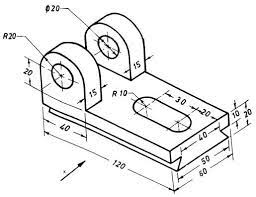
Engineering Drawing II -M
One of the best ways to communicate one's ideas is through some form of picture or drawing. This is
especially true for the engineer. An engineering drawing course focuses on usage of drawing
instruments, lettering, construction of geometric shapes, etc. Students study use of dimensioning,
shapes and angles or views of such drawings. Dimensions feature prominently, with focus on
interpretation, importance and accurate reflection of dimensions in engineering drawing. Other areas
of study in this course may include projected views and development of surfaces.

Thermal Engineering - M
Thermal Engineering
A thermal engineer is a specialist who uses knowledge of thermodynamics to design and build systems that transfer heat or energy. Strong knowledge of fluid dynamics is often needed by these engineers because liquids and gases are commonly the media through which heat is transferred. Within the field of thermal engineering, there are a number of other specialized fields. Thermal engineers may work with very small systems, such as those within electronics, or very large systems, such as those in buildings or vehicles. Additionally, this engineer may be expected to design or build systems that transfer heat into or out of other forms of energy.
A good understanding of thermodynamics, the study of how heat moves through a system, is essential to a thermal engineer. Different fluids, liquids, and solid materials transfer heat in different ways. When designing or building heat transfer systems, engineers take into account the various materials used. Experiments and simulations often give these engineers a great deal of information about the way heat will move through the finished system.
The duties of a thermal engineer can involve the actual design and construction of these systems, or they can be more theoretical in nature. Computer models and simulations are often used in thermodynamics to predict how a system will respond to changes in temperature, whether the changes are created by external sources or by internal processes. An engineer may be employed in order to provide analysis and advice in the development of complex systems.
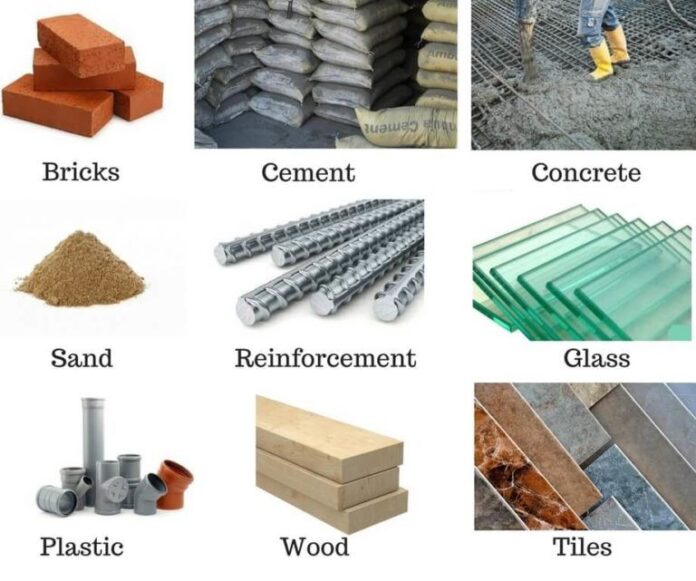
Building Material II - M
A building material is any material which is used for a construction purpose. Apart from naturally occurring materials, many man-made products are in use.
Materials that are used in the building construction such as cement, brick, wood, glass and concrete, ...etc., are called building materials.
The engineers and the builders must all understand building materials performance under several conditions such as load, heat, weather, ...etc, to use it to the best advantage.
